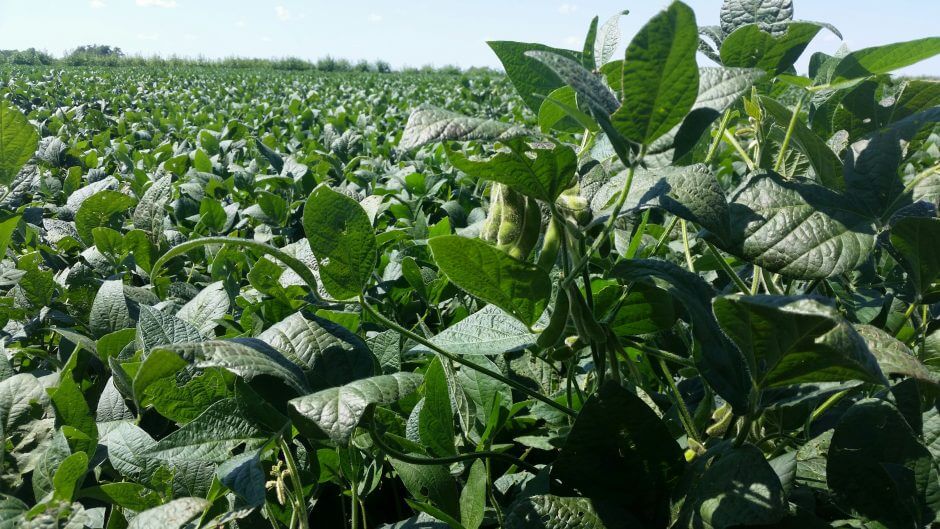CRACKS IN THE COMMODITY GRAIN SYSTEM

We’ve covered in past blogs the challenging harvest conditions for grains and oilseeds in several parts of North America during harvest 2018. The increased likelihood of damage when grain is wetter, and the need for more drying (potentially damaging the grain, not to mention expensive), were discussed. This year has seen similar challenges, and also some new ones – a large Midwestern refiner just announced that they have run out of propane, which is used for grain drying. Indeed, videos of trucks in long lines, waiting to fill with propane, have started showing up.
Events of the past two harvest years have started to show how fragile the commodity grain handling system really is. When you have delayed planting, a wet harvest time, and lack the ability to effectively dry your grain due to limits on propane, even one of these events makes it harder to fit in with the current, global system. Throw in cold weather (which makes drying more difficult) and an international trade war, and it may be impossible to work within the commodity system.
Equipment and processes from Insta-Pro International have, for decades, allowed an alternative to the one-size-fits-all global commodity grain system. The initial high-shear dry extruder was invented for on-farm processing of soybeans – allowing producers to create highly-digestible dry extruded full-fat soy meal for feeding local animals. A few decades ago, we added the mechanical oil press to follow extrusion, and ExPress® soy meal (partially-deoiled) was born.
More recently, high-shear dry extrusion of corn was developed. Once again, rather than relying exclusively on the commodity system, value-added ingredients can be produced from these commodities. For example, feeding dry extruded corn to dairy is an excellent way to boost microbial protein output in the rumen, which can increase milk production – often at reduced diet costs. Also, growth performance of broilers was improved when dry extruded corn was fed.
So, back to the latest harvest challenge – limited or no propane for drying wet grain. High-shear dry extrusion can help here, too. Typically, high-shear dry extrusion and ExPress® processes utilize soy with less than 12% moisture; however, by making blends of wet and dry ingredients or by-products, high-shear dry extrusion can be used to partially-dehydrate and sterilize as part of making novel ingredients. This has been covered in a past blog.
There is simply no need to solely rely on a massive system that may not work well for you anymore. Speak with Insta-Pro about local or regional processing solutions for grains and oilseeds.

